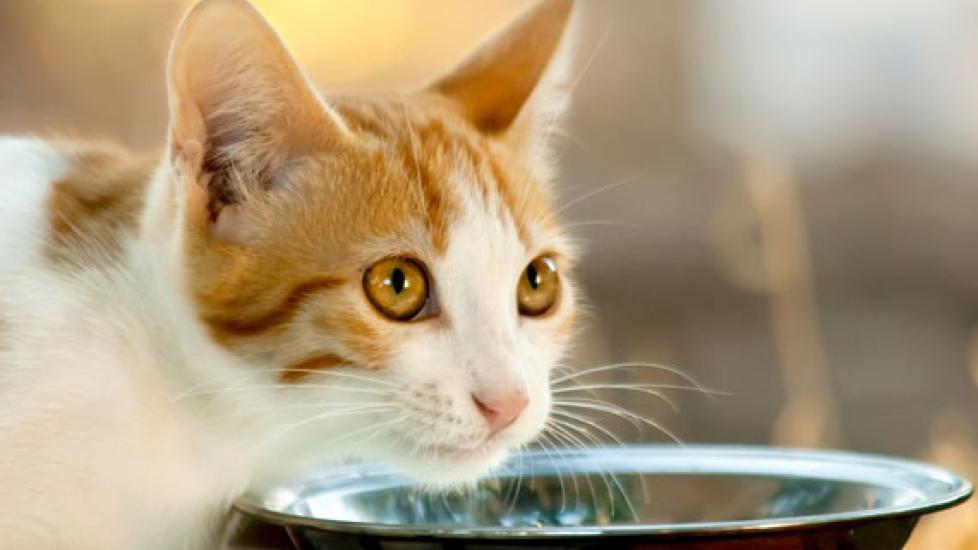What Kind of Meat By-Products Are in Your Cat's Food?
I recently saw the results of a survey that asked 852 consumers what ingredients were legally permissible in the meat by-products that are included in many cat foods. The responses took me by surprise:
87% — Internal Organs
60% — Hooves
22% — Feces
13% — Road Kill
In truth, hooves, feces, and road kill cannot be included in a meat by-product. From this list, only internal organs are allowable. The Association of American Feed Control Officials (AAFCO) definitions of “meat by-product” and “meat by-product meal” make this clear:
Meat By-Products – is the non-rendered, clean parts, other than meat, derived from slaughtered mammals. It includes, but is not limited to lungs, spleen, kidneys, brain, livers, blood, bone, partially defatted low temperature fatty tissue, & stomachs & intestines freed of their contents. It does not include hair, horns, teeth & hoofs. It shall be suitable for use in animal food.
Meat By-Product Meal – the same as Meat By-Products, except it is the dry rendered product derived from slaughtered mammals. It includes, but is not limited to lungs, spleen, kidneys, brain, livers, blood, bone, partially defatted low temperature fatty tissue, & stomachs & intestines freed of their contents. It does not include hair, horns, teeth & hoofs. It shall be suitable for use in animal food.
Gross? Well the AAFCO definition of “meat” isn’t much better:
Meat – is the clean flesh of slaughtered mammals and is limited to...the striate muscle...with or without the accompanying and overlying fat and the portions of the skin, sinew, nerve and blood vessels which normally accompany the flesh.
I bring this topic up because I often hear owners talking about the importance of meat in the diets of their cats. This isn’t exactly wrong so much as imprecise. What cats really need is protein sourced from animals (a little bit of plant-based protein is okay, too). This can include meat, meat by-products, and meat by-product meal.
When feral or wild cats hunt, they don’t limit themselves to eating “meat.” In fact, they often feed on other organs first precisely because they are a richer source of many of the nutrients cats need to thrive. Our preference for meat over by-products is simply cultural, as anyone who has traveled extensively can attest to.
Think of it this way. Cats hunt birds and eat most of what they kill. Therefore, most parts of a chicken carcass are appropriate foodstuffs as well. If an ingredient list were to include such things as chicken spleen, chicken blood, chicken kidney, and chicken intestine, owners might be a little taken aback but probably wouldn’t question whether or not they were suitable for cats to eat. All of these ingredients are actually by-products.
The question should really be whether the chicken carcass from which both meat and by-products are derived is of high-quality. Was the animal fed and housed well when it was alive? Is it free from contaminants? Unfortunately, there is no way for owners to make determinations like these based on a cat food label. The best you can do is pick a food made by a reputable manufacturer and assess your cat’s response to it. If after a month or so, the cat has normal gastrointestinal function, healthy looking coat and skin, and a good energy level based on his or her age and health, you’re on the right track.

Dr. Jennifer Coates
Image: Leyla Ismet / Shutterstock
